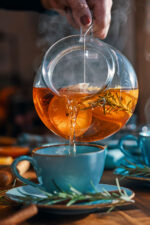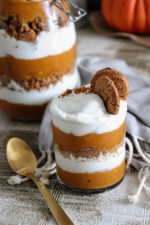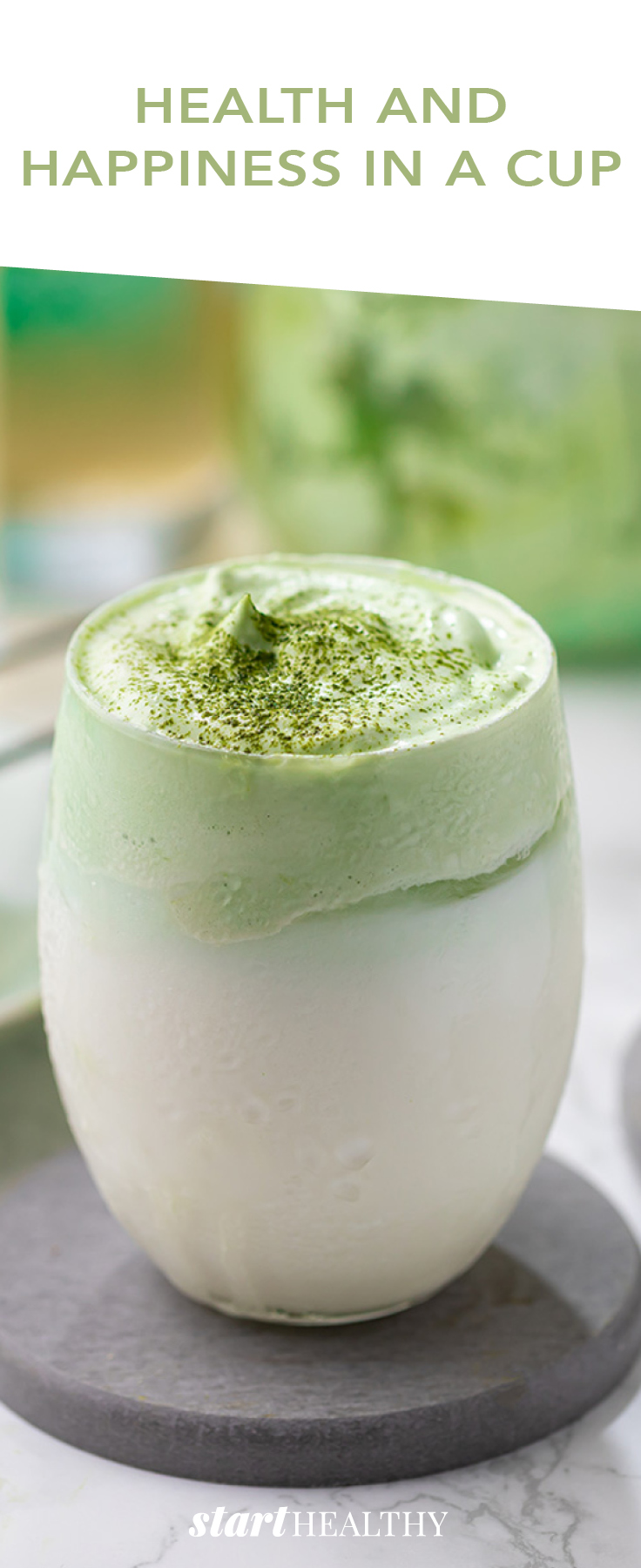Health and Happiness in a Cup
No matter the time of day, someone somewhere is likely sitting down for a cup of tea, whether it’s hot, iced, spiced, or served with accompaniments like sugar, cream, or honey. Originating in China more than 5,000 years ago, tea is popular worldwide, offers many health benefits, and can be enjoyed in many novel and exciting forms, such as bubble teas, cheese teas, and tea cocktails.
The world’s love for tea is steeped in tradition. In China, Japan, and Korea, serving it can be an art form and a sign of respect and gratitude. For instance, in Chinese wedding ceremonies, engaged couples often serve tea to their parents as a show of thanks, and tea is also often consumed during Chinese New Year celebrations. Among the types of Chinese tea traditionally enjoyed are black, dark, green, oolong, white, and yellow teas.
But not all tea traditions are the same. In Japan, a ground green tea known as matcha is typically enjoyed in tea ceremonies, and the British sometimes take their brew with milk and sugar, often pairing it with delicacies like cucumber sandwiches and scones. Tea drinkers in India are known to mix rich black tea with cinnamon, cloves, cardamom, and milk to create masala chai, while Thailand has its Thai tea, a black tea blended with condensed milk, spices, and sugar and served over ice.
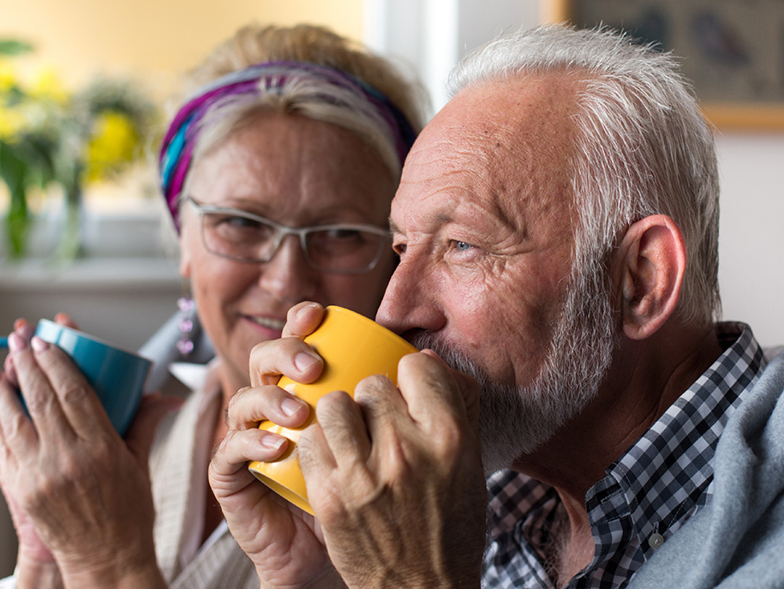
Tea’s health benefits
Nonherbal tea, which is made from the leaves of the Camellia sinensis plant, has long been appreciated for its seemingly contradictory ability to promote both relaxation and concentration. Scientists have found that drinking tea can lower levels of the stress hormone cortisol because of the beverage’s healthy antioxidants and amino acids. On the other hand, caffeine, which is naturally present in nonherbal teas, can increase alertness, cognition, and mood. Research has also shown that tea can reduce your risks of dementia, heart disease, and stroke.
Unlike teas made from the Camellia sinensis plant, herbal teas, which can be traced as far back as ancient Egypt and China, don’t contain tea leaves. Instead, they include a mix of various leaves, flowers, roots, spices, and tree bark. Many are caffeine-free and thus don’t have any stimulating benefits, but they can still have soothing effects. For example, lavender tea may help reduce symptoms of anxiety and depression, while chamomile tea can help you sleep.
Even the ritual of making and drinking tea can provide physical and psychological benefits. For instance, if you sip a cup of green or herbal tea each morning before heading out for the day, that predictable act can lower the levels of stress in your body, which can be beneficial for your heart, mind, and overall health.
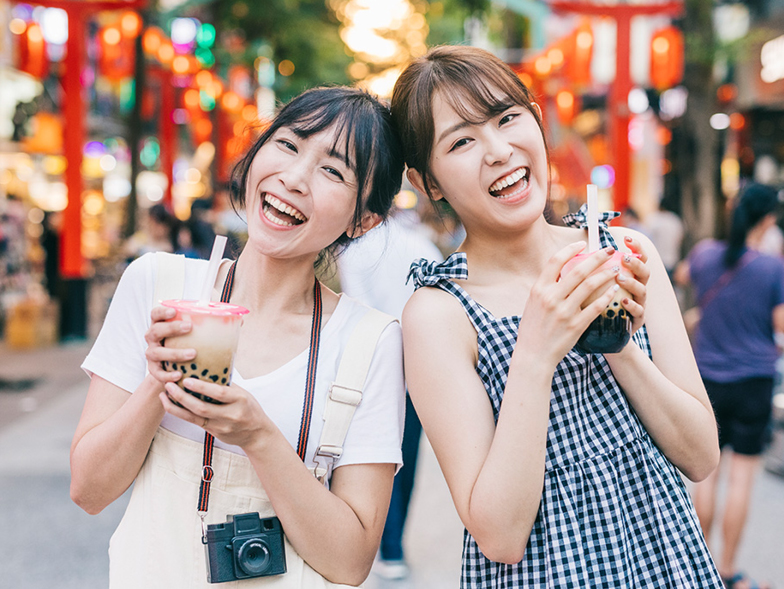
Tea-rrific popularity
Much like how the interest in tea exploded across continents when it was first imported from China centuries ago, the drink is enjoying a modern renaissance worldwide thanks to new tea trends from countries like Taiwan, whose street-food vendors have produced many novel ways to serve and enjoy tea. You can now find these popular tea concoctions in trendy cafes across America:
-
- Boba/bubble tea: Served hot or over ice, this versatile drink, which often includes chewy black tapioca pearls called boba or bubbles, can be customized in endless ways with black, green, or other teas and by adding fruit, jellies, milk, and multicolored boba. These teas are often served with extra-wide straws for slurping up the boba.
- Cheese tea: From Taiwan, this cold refreshment, also called cheese-foam tea and milk-cap tea, tastes like a light and fluffy cheesecake. It’s made by topping a tea, such as black, green, or oolong, with a whipped mixture that can contain cream cheese, sugar, milk, and salt. This dessert-like tea can also include ingredients like red beans, rose, and taro and fruits like banana, coconut, mango, lychee, and strawberries.
- Kombucha: An ancient beverage from China, kombucha, a fermented, bubbly tea, is enjoying a resurgence in popularity. It can now be purchased around the world in flavors like ginger, grapefruit, jasmine, pomegranate, and turmeric.
- Matcha: Matcha tea powder isn’t just for making tea these days. This ingredient can be added to cocktails, mocktails, smoothies, and even cake and ice cream.
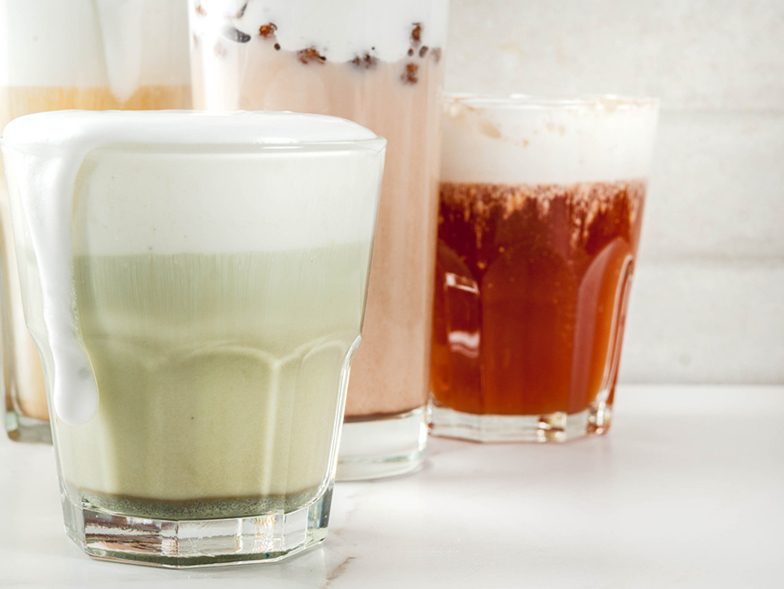
It should be noted, however, that while these new tea drinks and sweets are tasty and fun, they are often now more dessert-like than medicinal and can contain added sugars and fats, especially when mixed with milk, creamy toppings, and flavorings.
Whether you drink your tea for a caffeine boost, as a stress-soothing ritual, or for its healthy antioxidants, you are one of 159 million Americans who enjoy this refreshing, ancient-yet-trendy beverage daily.

